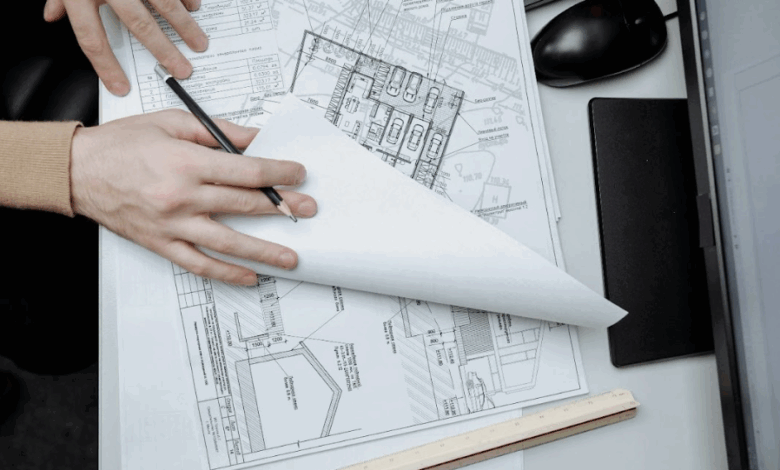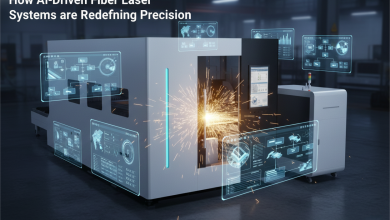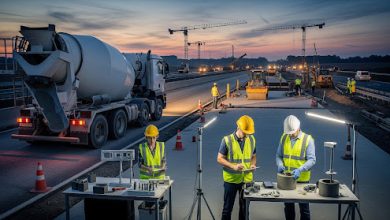
Artificial Intelligence, also known as AI has been at the forefront of many industries in the last few years. It has become more powerful and has made huge transformations to many industries as it brings whole new capabilities.
In healthcare, the community is using it to perform medical diagnoses. In government, experts are harnessing it to identify potential threats to national security, and in the world of law and order, operators are calling on the support of artificial intelligence to help them solve crimes.
Like many industries, construction is experiencing a major transformation, shaped heavily by digital technologies. One of these is AI, of course. Below is a look at the use of AI in construction design, particularly in material selection, and when considering different design aspects.
AI in construction
Ai within construction is playing a massive role when it comes to planning management and the overall execution of projects.
Generative AI has become especially common in construction, as it speeds up the design process and makes it more efficient and cost-effective. Architects and engineers can enter specific goals and constraints into the technology, such as materials, budgets and building codes, and they’ll receive a variety of design options.
Choosing materials with AI
Originally, choosing the material for a construction was time consuming due to all the research and human element to choosing the material. Ai has resolved the timing issue with choosing materials as it is a tool that is data driven. Driving design decisions such as AI can analyze large databases of material properties, costs, environmental impact and availability, and provides the architects with the best option.
Not only this, but Ai has made it so construction can be more sustainable as it identifies materials that have lower carbon footprints. Tools can assess the energy consumption, emissions, recyclability and other aspects of materials so that professionals can prioritize sustainable materials for projects. That includes sustainably sourced timber, low volatile organic compound (VOC) paints and recyclable types of steel, and the use of sustainable materials in construction is becoming more widespread as a result.
Steel is a common construction material. You’ll find companies using it in a whole range of projects. Housing is one, naturally, and you’ll also see it used in Quonset construction, Quonsets serving as a place for small businesses to operate, or as repair facilities, hay barns for farmers, accommodation for students and even as temporary churches or Sunday school spaces.
In warehouse structures, bridges, skyscrapers and other structural projects, you’ll also see steel. Structural steel is a major innovation in construction because of its strength-to-weight ratio and flexibility.
The importance of utilizing both human knowledge and AI
The use of AI with architects has made it much easier for them to consider a wide range of factors within a good design. It can help them to adjust concrete mixes for long-lasting constructions with lower emissions, to gauge energy consumption, to identify potential safety issues and to create multiple designs with a cost estimate. Project teams can ask for alternatives, based on factors such as cost, energy efficiency and more.
Importantly, AI can help construction projects remain compliant throughout their planning and execution. Even so, professionals shouldn’t blindly accept the results or suggestions AI provides. To function effectively, AI relies on large datasets, but information on materials and performance is often scattered across various sources and might not be standardized. For reliable material recommendations, the data needs to be high-quality and comprehensive.
Another problem is general resistance to tech adoption in the industry. Many in construction are used to traditional methods and could be reluctant to rely on AI for critical decision-making. Demonstrating the enhanced sustainability and the improved project design and execution of the tools is essential to encourage usage of the AI by these people. Training is also crucial so that they understand how to use the AI comfortably and correctly.
AI is a valuable tool that supports decision-making in construction so companies can develop more sustainable, more precise projects, execute them and keep their costs down. AI tools aren’t completely flawless, however, so architects, engineers and anyone else in the industry should always check information quality before acting upon recommendations from AI technology.




